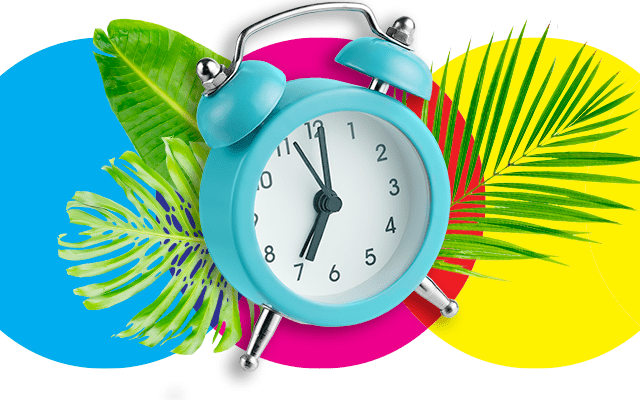I’m sure you will agree that the world of wine is very vast! Depending on the region it is coming from or where it is grown, you will have a particular flavour, colour and tannic acid that is specific to each variety of grape. Vintage wines vary from one year to the next.
But what about the beer universe, where hops is popularized more and more now by crafty Brewers? Apart from one creative user of labelling such as the retractable thermo label, how can we pass along this “emotion” to our consumers? The solution could be the addition of a QR code!
Purchasing wine and beer
When you purchase wine or beer, do you do it at your computer? Well, not usually. You are at the SAQ, the grocery store, the local market or a vineyard. Basically, you are mobile. Being mobile could mean you have a smart phone and if you do, it is very likely that you will have it on you at the time of making your purchase. After reading the label description, why not read the QR (Quick Response) code on the bottle and learn more about your potential purchase and the advantages it offers, the meal that it would best accompany or even, which restaurant you could enjoy it at!
Great use of the QR code
Ideally, providing a QR code is supposed to take visitors to a web page tailored for smart phones, and directing people to your already existing website is not the thing to do. You should tailor your QR label specifically for smart phone users. Be consistent with the purchase process.
What would you like for your consumer to do with this QR code and where would you like to direct them? Work with professionals in the marketing and web development field for great results.
On the content side, the web page should not be a repetition of what is already on the label as the consumer has already read it. They want new information. Bring them on a tour of your wine cellars, vineyards are wine regions. Use images and videos. Suggest meals that would well accompany this wine. Provide them a buying experience rich with content and information.
Create a fantasy in your consumers mind if necessary by proposing dishes to perfectly accompany your wine!
Tips for adding a successful QR code to your label
Same as a bar code, a QR code should be printed on a surface that is easy to read fond facile à lire for smart phones. Make sure that the surface is smooth and has a plain, contrasting background. See also that the code is large enough to be scanned and read within arm’s length.
Be clear with what the consumer has to do with the QR code. A code that isn’t enticing is irrelevant. “Contest”, “Visit our fields’, “Food Suggestions” or “Revenue” are invitations for consumers to read the code.
Also, make sure that the destination for each code is specific to the offer. If you display a contest, direct them to the contest page and not a general web site. Also, display the web address below the code. This allows the person to find the information if the Smartphone does not have the software to read QR codes.
Finally, invite consumers to continue their affiliation with you by inviting them to follow your Face book page or by joining your list of alerts of new, upcoming products.
Attention!
Only a few wine and beer products are currently using the QR code. Yes, it does require more funds to affix a code, but if well orchestrated, this addition might be a starting point towards a more profitable consumer experience.
Feel free to consult the IMS professionals to assist you with the integration of QR codes on your next label.
Images : http://www.andysowards.com/blog/2012/60-best-beer-brewing-company-branding-examples/









